A strong and toned core is not only aesthetically pleasing but also essential for overall strength, stability, and functional movement. Your core muscles, which include the abdominals, obliques, and lower back, play a crucial role in supporting your spine, maintaining proper posture, and facilitating efficient movement patterns. In this blog, we will explore some of the best core exercises that can help you develop a strong and well-defined midsection.
Your core muscles are the foundation of your body’s stability, strength, and mobility. They consist of muscles in your abdomen, back, and pelvis, and play a crucial role in almost every movement you make. Having a strong core goes beyond aesthetics; it improves your posture, balance, and athletic performance. Additionally, a strong core helps prevent injuries and provides a solid base for all other exercises. Whether you’re a fitness enthusiast, an athlete, or someone looking to enhance overall well-being, focusing on strengthening your core will unlock your potential in various aspects of life.
The best tip for the fastest results
Consistency is indeed key when it comes to core workouts. Incorporating regular sessions into your fitness routine is essential for achieving and maintaining results. Consistency ensures that you maintain the progress you’ve made in your core strength. If you only sporadically work out your core, you risk losing the gains you’ve achieved. Regular sessions help to reinforce and maintain the strength and endurance of your core muscles. By consistently challenging your core, you keep it engaged and prevent regression. This doesn’t mean that you have to train every day, as a rest day is actually incredibly beneficial for your muscles to recover.

Various core exercises
To effectively train your core, it’s essential to understand the muscles involved. The core muscles consist of the rectus abdominis, transversus abdominis, obliques, and erector spinae, among others. These muscles work together to stabilize your spine, maintain proper posture, and facilitate movements. By targeting these muscles through specific exercises, you can strengthen and develop a robust core foundation.
We’re here to lend you a hand in finding the best core exercises. With the following exercises, you will see the fastest results. When you add these exercises to your routine, your core will become strong and toned.
Plank variations
Planks are one of the most effective exercises for targeting your entire core. The basic plank involves maintaining a straight line from your head to your heels while supporting your body weight on your forearms and toes. As you progress, you can try different variations to increase the intensity and challenge your core muscles further. Side planks, plank with leg lifts, and plank with arm extensions are excellent options to target specific areas of your core while engaging other muscle groups simultaneously.

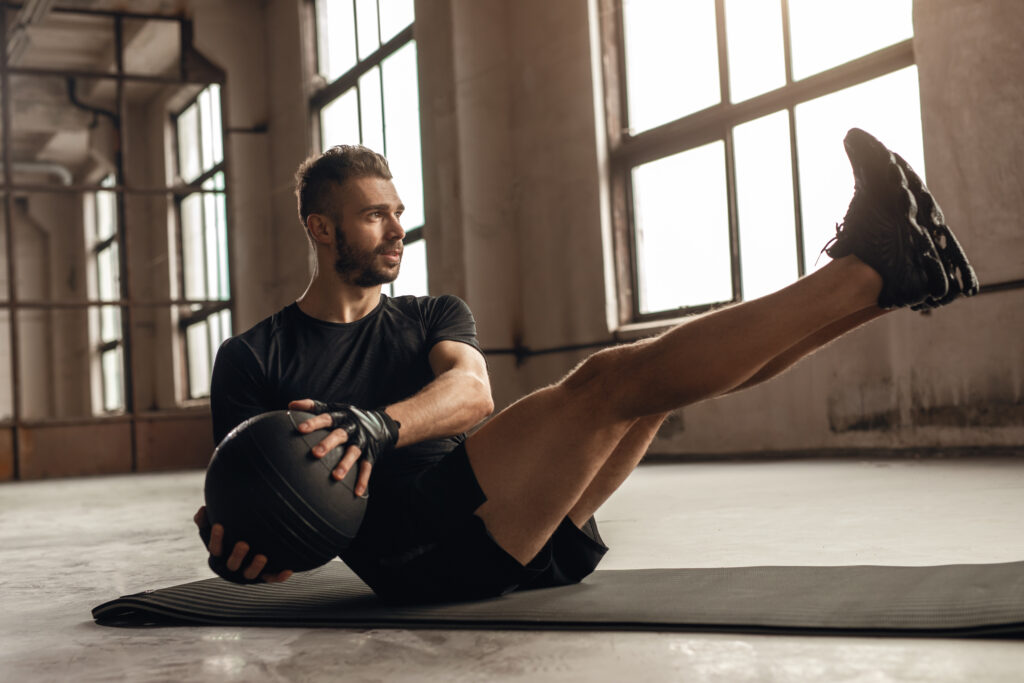
Russian twists
Russian twists are great for targeting your oblique muscles, which are located on the sides of your abdomen. To perform this exercise, sit on the floor with your knees bent, lean back slightly, and lift your feet off the ground. While maintaining a straight back, twist your torso from side to side, touching the floor on each side. To increase the difficulty, you can hold a weight or medicine ball in your hands while performing the twists.
Bicycle crunches
Bicycle crunches are highly effective for engaging both your upper and lower abs. Lie flat on the floor with your hands placed behind your head, lift your legs off the ground, and bring your knees towards your chest. As you do this, simultaneously twist your torso and touch your right elbow to your left knee while extending your right leg. Repeat on the opposite side, mimicking a pedaling motion. Focus on contracting your abs and avoid pulling on your neck during the exercise.

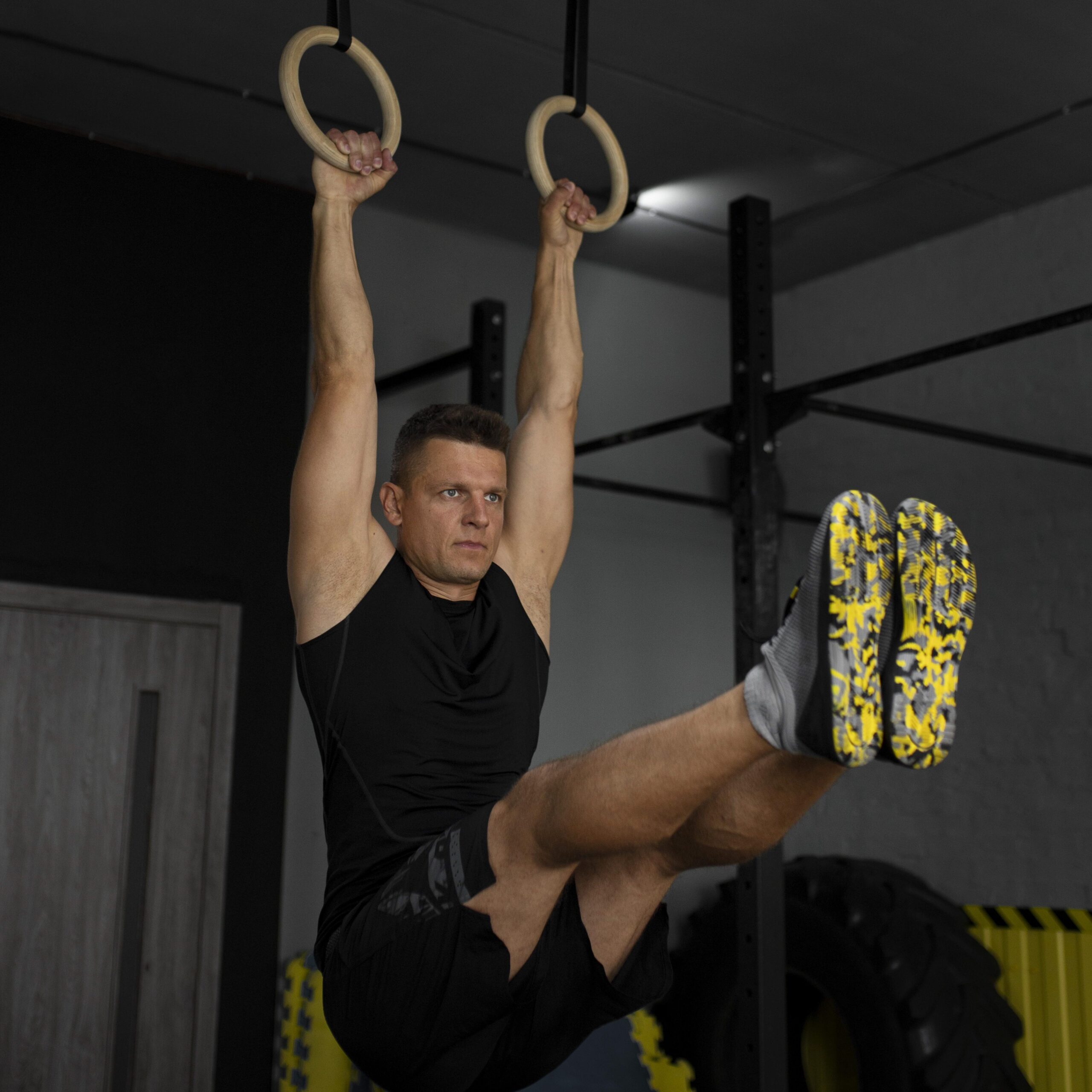
Hanging leg raises
Hanging leg raises target your lower abs and also engage your hip flexors. Find a pull-up bar or any sturdy overhead bar that allows you to hang freely. While hanging, raise your legs up towards your chest by flexing your abs, and then lower them back down in a controlled manner. To increase the difficulty, you can perform straight leg raises or perform the exercise with ankle weights. This exercise is such an effective leg exercise.
Dead bug
The dead bug exercise is excellent for strengthening your deep core muscles while simultaneously improving coordination and stability. Begin by lying on your back with your arms extended towards the ceiling and your legs bent at a 90-degree angle. Lower your right arm and left leg simultaneously, maintaining a stable and engaged core. Return to the starting position and repeat on the opposite side. Focus on keeping your lower back pressed against the floor throughout the movement.
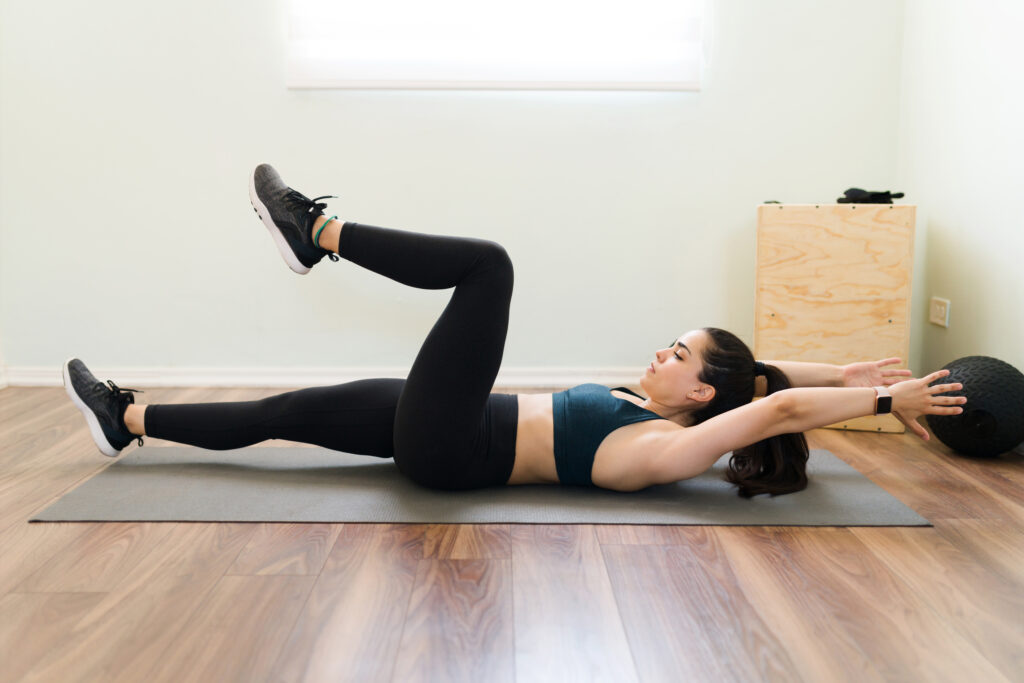
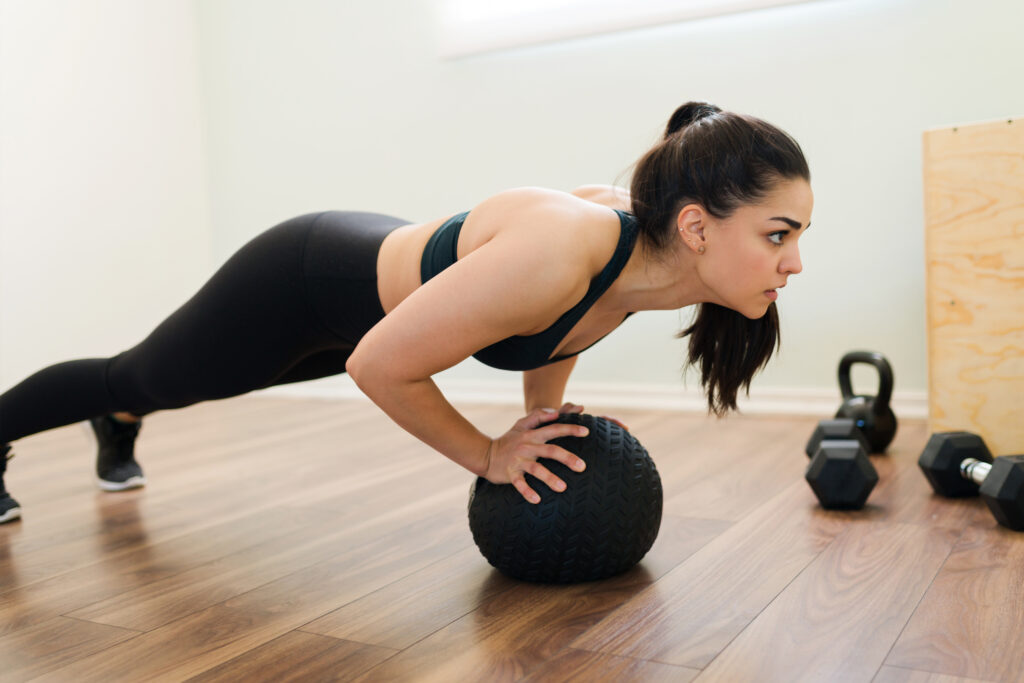
Swiss ball rollouts
Swiss ball rollouts are challenging but incredibly effective for targeting your entire core, including your abs and lower back. Kneel on the floor and place your forearms on a Swiss ball. Slowly roll the ball forward, extending your arms and allowing your body to move with it while maintaining a straight line from your head to your knees. Engage your core muscles to prevent your lower back from sagging. Roll the ball back towards your knees to complete one repetition.
Standing cable workout
The standing cable workout is an effective way to target your core muscles while also engaging other muscle groups. By using a cable machine, you can add resistance to your movements, providing a challenging workout for your core. This workout comes in various combinations, so choose what you prefer during this workout.
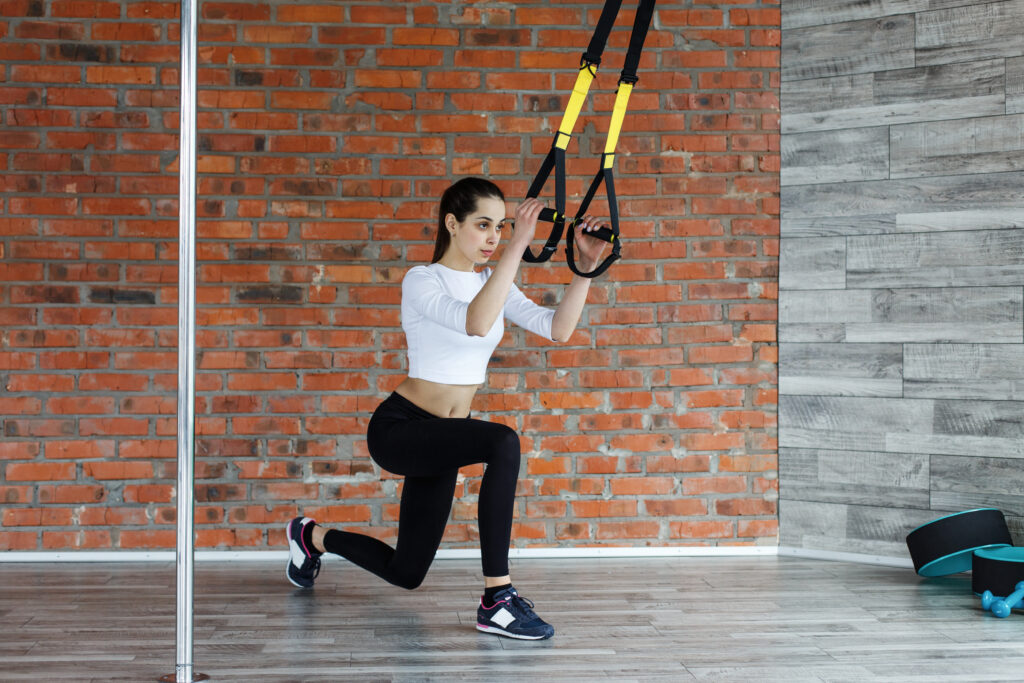
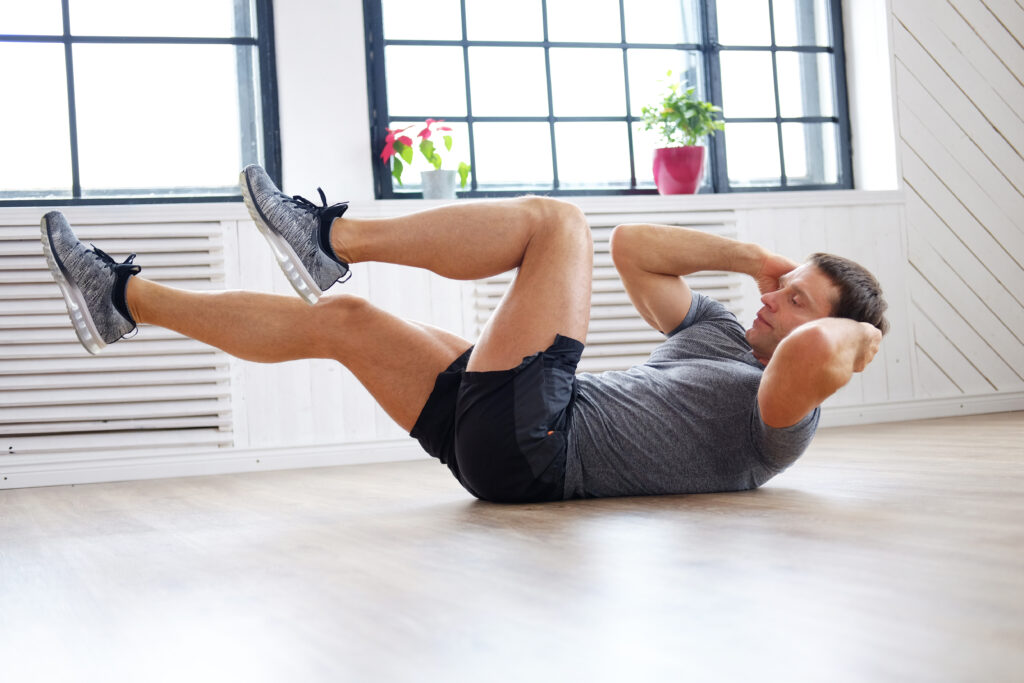
Flutter kicks
Flutter kicks are a challenging exercise that engages the lower abs and hip flexors. Lie flat on your back with your legs extended and your hands placed underneath your glutes for support. Lift your legs slightly off the ground and alternate kicking them up and down in a scissor-like motion. Keep your lower back pressed into the ground and maintain a steady pace throughout the exercise. To increase the difficulty, you can perform flutter kicks with ankle weights.
A strong core with Fit at Home
Do you want to work on your core but don’t feel like or have time to go to the gym to train? With Fit at Home you never have to go to the gym to do a workout ever again! Do you want to lose weight, build strength or work on your core? It’s possible from the comfort of your own home! The Fit at Home app is available 24/7 on-demand. Of course you can also use Fit at Home online on your smartphone, tablet or laptop.
We offer various workouts from different trainers. Whether you want to lose weight, work on your core, or improve your fitness, it’s all possible. Additionally, you can easily search for the workouts you’re looking for. Simply click on categories and find a workout that suits your needs for the day!
With Fit at Home, you can lose weight with just three 20-minute workouts per week. So, what are you waiting for? Sign up and become the fittest version of yourself!
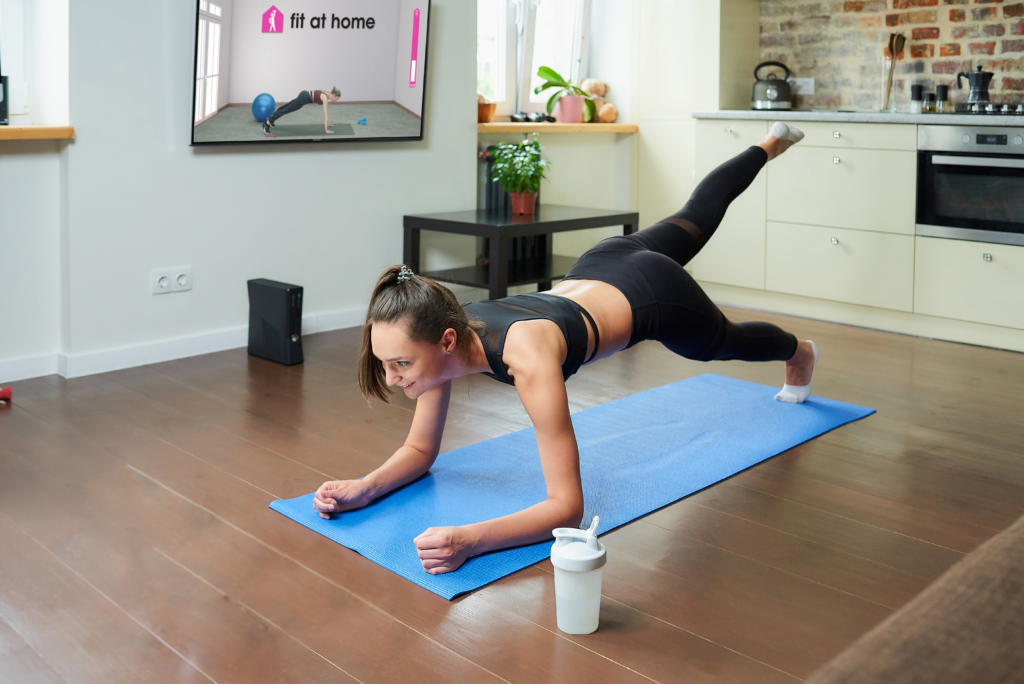
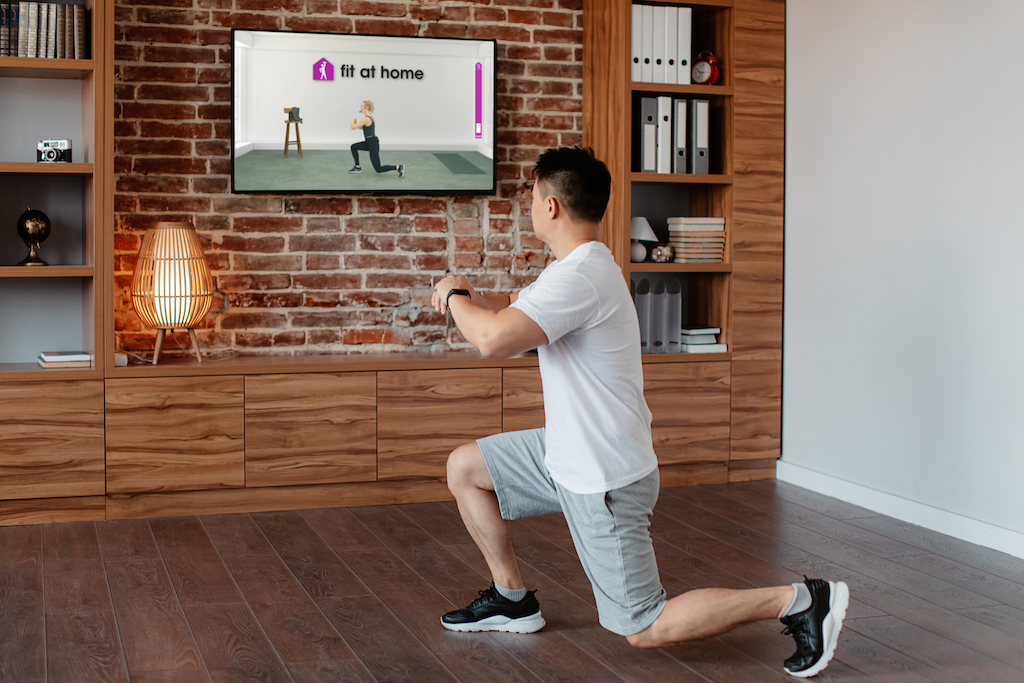
Training your core effectively
let’s delve into the various aspects of training it effectively. Core exercises can be categorized into different types, including stabilization exercises, dynamic movements, and rotational exercises. By incorporating a combination of these exercises into your routine, you can target all the muscles in your core for maximum strength and stability.
- Stabilization exercises:
Stabilization exercises focus on holding a static position to engage the core muscles and improve their endurance. One of the most popular stabilization exercises is the plank. To perform a plank, start by lying face down on the ground, then lift your body up onto your forearms and toes, forming a straight line from head to heels. Hold this position for as long as you can while maintaining proper form. Plank variations, such as side planks and plank with leg lifts, can also be incorporated to challenge your core from different angles.
- Dynamic movements:
Dynamic core exercises involve movements that engage multiple muscles simultaneously while emphasizing core stability. Russian twists are a great example of a dynamic core exercise. Sit on the floor with your knees bent and feet off the ground, then twist your torso from side to side, touching the ground with your hands. This exercise targets the obliques, helping to strengthen the side muscles of your core.
- Rotational exercises:
Rotational exercises mimic real-life movements that involve twisting and rotation, such as swinging a golf club or throwing a punch. These exercises engage the deep core muscles responsible for rotational stability. One effective rotational exercise is the bicycle crunch. Lie on your back, bring your knees toward your chest, and alternate touching your left elbow to your right knee and vice versa. This exercise not only targets the abs but also engages the obliques and hip flexors.
When performing core exercises, it’s essential to maintain proper form and technique to maximize their effectiveness and minimize the risk of injury. Here are a few tips to keep in mind:
- Engage your core: Focus on consciously contracting your core muscles throughout each exercise to ensure proper activation.
- Breathe properly: Maintain a steady breathing pattern, exhaling during the exertion phase and inhaling during the relaxation phase.
- Start with the basics: If you’re new to core training, begin with exercises that suit your fitness level and gradually progress to more challenging variations.
- Listen to your body: Pay attention to any discomfort or pain. If an exercise causes discomfort, modify it or consult a fitness professional for guidance.
- Add variety: Keep your core workouts interesting by incorporating different exercises and equipment, such as stability balls, resistance bands, or medicine balls.
Remember, consistency is key when it comes to core training. Aim to incorporate core exercises into your routine 2-3 times per week, along with a well-rounded fitness program that includes cardio and strength training. As you progress, challenge yourself by increasing the intensity or duration of your exercises.
Training your core is a vital component of overall fitness and wellness. By dedicating time and effort to core exercises, you can build a strong and balanced body that supports you in daily activities and athletic pursuits. Remember to choose exercises that target different core muscles and to perform them with proper form and technique. With consistency and determination, you’ll be well on your way to unlocking your full potential and reaping the benefits of a strong core.
The power of a strong core
A strong core is more than just a sculpted midsection; it holds the power to transform your entire body and enhance your overall well-being. Here’s a closer look at the remarkable benefits that come with developing a strong core:
- Improved posture: A strong core helps to stabilize and align your spine, promoting good posture. By strengthening the muscles around your spine and pelvis, you can alleviate common postural issues like slouching and rounded shoulders, leading to better spinal alignment and reduced strain on your neck, shoulders, and lower back.
- Enhanced stability and balance: Your core acts as a central hub of stability and balance for your body. Strengthening your core muscles enables better coordination and control, making everyday movements, sports activities, and exercises more efficient and safe. With improved stability and balance, you reduce the risk of falls, injuries, and accidents.
- Increased strength and power: Many functional movements and exercises rely on a strong core as a solid foundation. Whether you’re lifting weights, performing squats, or throwing a punch, a strong core provides a stable base of support, allowing you to generate more power and transfer force efficiently through your body. This can result in enhanced overall strength and athletic performance.
- Injury prevention: A strong core plays a vital role in preventing injuries, particularly in the lower back and surrounding areas. By stabilizing your spine and pelvis, it helps to distribute loads evenly and absorb shock during physical activities. This reduces the likelihood of overloading specific muscles or joints, thereby minimizing the risk of strains, sprains, and other injuries.
- Alleviation of back pain: Core strengthening exercises are often recommended as part of a comprehensive treatment plan for individuals experiencing back pain. Strengthening the muscles that support your spine can alleviate stress and strain on your back, improve spinal alignment, and provide relief from chronic back pain.
- Functional fitness: Core strength is crucial for performing everyday tasks with ease and efficiency. Whether you’re carrying groceries, bending to tie your shoes, or reaching for objects overhead, a strong core provides stability and control, enabling you to perform these movements with better form and reduced risk of injury.
- Improved breathing and digestion: Your core muscles are involved in the process of breathing and support your diaphragm, facilitating efficient breathing patterns. Additionally, a strong core can aid in proper digestion by promoting healthy organ function and maintaining optimal intra-abdominal pressure.
- Boosted confidence and body awareness: Developing a strong core not only enhances your physical abilities but also boosts your self-confidence. As you build a strong and stable core, you’ll gain a better understanding of your body’s capabilities, movement patterns, and alignment, leading to increased body awareness and a greater sense of control.
Incorporating core exercises into your fitness routine is essential for reaping these incredible benefits. Whether you choose planks, crunches, or a variety of other core-strengthening exercises, the power of a strong core can positively impact various aspects of your life, helping you move better, feel stronger, and live with greater vitality.
Fuel your body
When training your core, it’s essential to fuel your body with the right nutrients to support your workouts and aid in muscle recovery. Here are some foods that are beneficial to eat when you’re training your core:
- Lean protein: Protein is crucial for muscle repair and growth. Opt for lean sources such as chicken breast, turkey, fish, tofu, Greek yogurt, or lentils. These foods provide high-quality protein while being low in saturated fat.
- Whole grains: Carbohydrates are your body’s primary source of energy. Choose whole grain options like brown rice, quinoa, whole wheat bread, and oats. Whole grains provide a sustained release of energy and are rich in fiber, which aids in digestion.
- Healthy fats: Include healthy fats in your diet to support joint health and provide energy. Avocado, nuts, seeds, and olive oil are excellent sources of monounsaturated and polyunsaturated fats. These fats also aid in nutrient absorption.
- Fruits and vegetables: Colorful fruits and vegetables are packed with essential vitamins, minerals, and antioxidants. They provide important nutrients for overall health and support recovery. Include a variety of leafy greens, berries, citrus fruits, and cruciferous vegetables like broccoli and cauliflower.
- Hydration: Staying hydrated is crucial for optimal performance and recovery. Drink plenty of water throughout the day and especially during and after your workouts. Consider including hydrating foods like watermelon, cucumbers, and citrus fruits in your diet.
- Greek yogurt: Greek yogurt is an excellent source of protein and calcium. It provides a combination of carbohydrates and protein, making it a great post-workout snack. Choose plain Greek yogurt and add fresh fruits or a sprinkle of nuts for added flavor and nutrients.
- Eggs: Eggs are a complete protein source, meaning they contain all essential amino acids. They are also rich in vitamins, minerals, and healthy fats. Enjoy them boiled, scrambled, or in omelets for a protein-packed meal.
- Green tea: Green tea is known for its antioxidant properties and can help boost metabolism. It’s a hydrating beverage option that can be consumed before or after workouts for an extra antioxidant boost.
- Berries: Berries, such as blueberries, strawberries, and raspberries, are rich in antioxidants, fiber, and vitamins. They provide a natural sweetness while being low in calories, making them a healthy snack option.
- Nut butter: Natural nut butter, like almond or peanut butter, contains healthy fats and protein. Enjoy it on whole grain bread or add a spoonful to your smoothies for an energy-boosting snack.
Remember, it’s important to maintain a well-balanced diet overall, focusing on nutrient-dense foods that support your overall fitness goals. Consulting with a registered dietitian can help you create a personalized nutrition plan to optimize your core training and overall well-being.